introduction
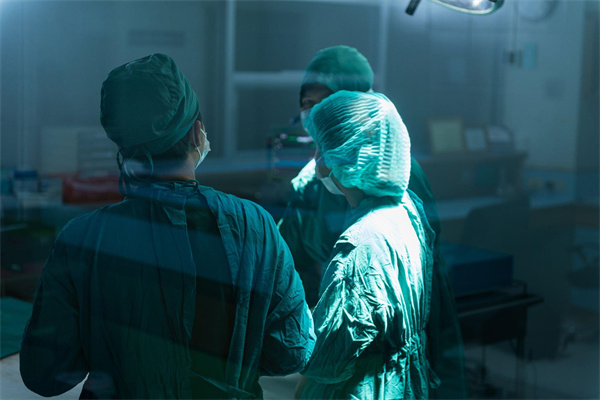
Introduction to Surgical Lighting Technology
Surgical lighting technology is an important component of modern operating rooms, providing surgeons with the illumination they need to safely and accurately perform their operations. It is a highly specialized form of lighting that has undergone significant development over the years. In this blog, we will take a closer look at the current developments in surgical lighting technology and discuss how it can benefit patients and medical staff.
Definition of Surgical Lighting Technology
Surgical lighting technology is a specialized form of lighting designed to meet a surgical operation’s demands. It is used to provide illumination in the operating room and assist with identifying anatomical structures and other critical components during surgery. This type of lighting is designed to be brighter and have a more focused coverage than ordinary lighting, allowing surgeons to view the operating area and identify the structures they are working on.
Surgical lighting technology is typically provided by an overhead light source and can be either a halogen or LED lamp. The overhead lamps may be adjustable to allow for different levels of lighting and to accommodate different operating room sizes and needs.
Overview of Current Developments
As surgical technology has advanced, so have the developments in surgical lighting technology. Improvements in the quality and efficiency of surgical lighting have allowed for better illumination of the operating room and improved patient safety.
One of the most significant developments in surgical lighting has been the introduction of LED lighting. LED lighting provides a high degree of illumination with very low power consumption. This makes it a more efficient and cost-effective option than traditional halogen lamps. LED lighting also has a much longer lifespan than halogen lamps, making it a more reliable and cost-effective choice.
In addition to LED lighting, there have been other developments in surgical lighting technology, such as the introduction of color-coded lighting. This type of lighting is designed to provide different levels of illumination based on the color of the surgical site. For example, blue lighting may provide the brightest illumination for surgery, while red lighting may be used for lower-level illumination for cleaning and suturing. This allows for more flexibility in how the operating room is lit and can help provide the surgeon with a better view of the surgical site.
Finally, there have been developments in the design of surgical lighting systems, allowing for easier installation and more flexibility in how the lighting is used. Many systems now allow for multiple lighting levels and adjustable angles, allowing surgeons to adjust the lighting to suit their needs better.
Conclusion
Surgical lighting technology is a specialized and important component of modern operating rooms. It is designed to provide the illumination surgeons need to safely and accurately perform their operations while offering improved patient safety and cost savings. Developments in this technology have allowed for better illumination with improved efficiency and more flexibility in the use of the lighting system. As this technology continues to evolve, surgeons and medical staff can look forward to even more improvements that benefit patients and healthcare providers.
types of surgical lighting
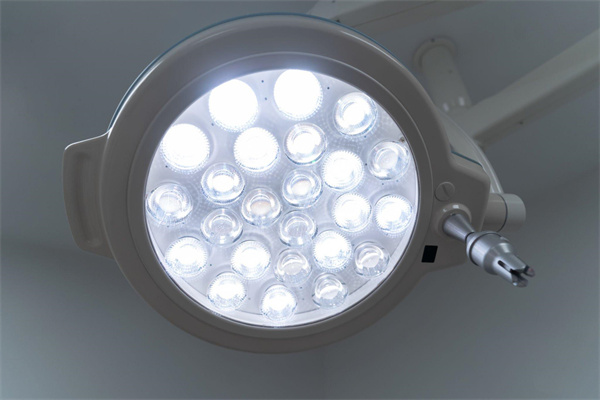
Surgical lighting is an integral part of any operating theatre. It plays an important role in providing a safe, efficient, and effective environment for surgeons and their teams. Many types of surgical lighting are available, each with its advantages and disadvantages. This blog will look at four of the most common types of surgical lighting: halogen, LED, xenon, and fiber optic.
Halogen
Halogen surgical lights are the most commonly used type of surgical lighting. They produce a bright, white light suitable for most surgical procedures. Halogen lights consume relatively high amounts of energy, but the bulbs can last up to 10 years if properly maintained. They come in various sizes and shapes and are usually mounted to the ceiling of the operating room.
LED
LED surgical lights are becoming increasingly popular due to their energy efficiency and long life. LEDs produce a bright white light that is suitable for most surgical procedures. LEDs are also more cost-effective than other types of lighting, and they consume much less energy than halogen lights. LEDs do not require special venting and last up to 50,000 hours, making them cost-efficient and practical.
Xenon
Xenon surgical lights are the brightest type of surgical lighting available. They produce a bright, white light ideal for microsurgery and other finely detailed procedures. Xenon lights consume relatively high amounts of energy, but the bulbs can last up to 30,000 hours. They come in various sizes and shapes and are usually mounted to the ceiling of the operating room.
Fiber Optic
Fiber optic surgical lights are the newest type of surgical lighting. They produce a bright, white light ideal for detailed procedures such as microsurgery. Fiber optic lights consume very low amounts of energy, and the bulbs can last up to 100,000 hours. They come in various sizes and shapes and are usually mounted to the ceiling of the operating room.
No matter which type of surgical lighting you choose, it is important to ensure that it meets your needs. All types of surgical lighting provide a safe, efficient, and effective environment for surgeons and their teams to work in, so it’s important to weigh the pros and cons of each type before making a decision.
benefits of new surgical lighting technology
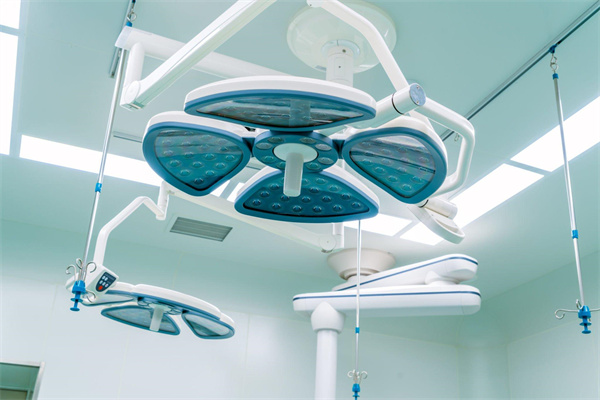
The need for the latest, most advanced technology is increasing as the healthcare industry continues to evolve. One such area that is constantly evolving is surgical lighting. New surgical lighting technology offers several benefits to medical practitioners and patients, including improved visualization, reduced heat output, improved ergonomics, and increased efficiency.
Improved Visualization
One of the most important benefits of new surgical lighting technology is improved visualization. Doctors can see more clearly during surgeries and examine patients more effectively using the latest LED lights. The improved lighting also makes it easier to spot anomalies or inconsistencies, allowing doctors to make more accurate diagnoses and provide better treatment.
Reduced Heat Output
Traditional incandescent lights can generate a lot of heat, which can be uncomfortable for the patient and doctor alike. New LED lighting technology is designed to be cooler, allowing doctors to work longer without worrying about overheating. This also reduces the risk of burns or other injuries associated with heat.
Improved Ergonomics
The latest surgical lighting systems are designed to be more ergonomic, making them easier to use. With the right setup and positioning, doctors can move around more easily and flexibly when performing procedures. This increased mobility can help reduce fatigue and improve doctor performance.
Increased Efficiency
As well as being more comfortable to use, the latest surgical lighting technology is more efficient. This means that doctors can complete procedures more quickly and with less effort. This increased efficiency can reduce the cost of healthcare and help to improve overall patient outcomes.
Conclusion
New surgical lighting technology offers several benefits to medical practitioners and patients. With improved visualization, reduced heat output, improved ergonomics, and increased efficiency, the latest LED lights are an invaluable tool for medical professionals. By investing in the latest technology, healthcare providers can ensure that their patients receive the best care.
the latest advances in surgical lighting technology

The advancement of surgical lighting technology has become increasingly important in modern healthcare. As medical procedures become more complex, the need for advanced lighting technology has grown exponentially. The latest advances in surgical lighting technology have improved color rendering, longer lifetimes, enhanced safety, and advanced battery technology.
Improved Color Rendering
Surgical lighting technology’s most important aspect is its ability to render colors accurately. Improved color rendering has become increasingly important for surgeons as it allows them better to identify tissues and other anatomical structures during surgery. The latest advances in surgical lighting technology have allowed for improved color rendering. Improved color rendering is made possible through high-quality LEDs and advanced optics. This allows the light source to be accurately tuned to the desired color, resulting in improved color accuracy.
Longer Lifetime
Another important advancement in surgical lighting technology is the development of longer lifetimes. Traditional surgical lighting relied on halogen and xenon bulbs, which had limited lifespans. The latest advances in surgical lighting technology have allowed for increased lifespans, ranging between 10,000 and 30,000 hours. This allows for a more reliable and cost-effective solution for surgical lighting.
Enhanced Safety
The latest advances in surgical lighting technology have also resulted in enhanced safety. One of the main concerns with traditional surgical lighting was the risk of electric shock and burns. The new technology is designed to reduce the risk of electric shock and burns by utilizing LED technology and advanced insulation. Additionally, LED lighting emits less heat, reducing the risk of heat-related injuries.
Advanced Battery Technology
The latest advances in surgical lighting technology have also resulted in the development of advanced battery technology. The new technology allows for longer run times and better performance. Additionally, it allows for easy charging and portability. This makes it an ideal option for hospitals and other medical facilities.
Conclusion
The latest advances in surgical lighting technology have improved color rendering, longer lifespans, enhanced safety, and advanced battery technology. This has made surgical lighting more reliable, cost-effective, and safe for medical professionals. The new technology has improved accuracy and performance, making it an essential part of modern healthcare.
conclusion
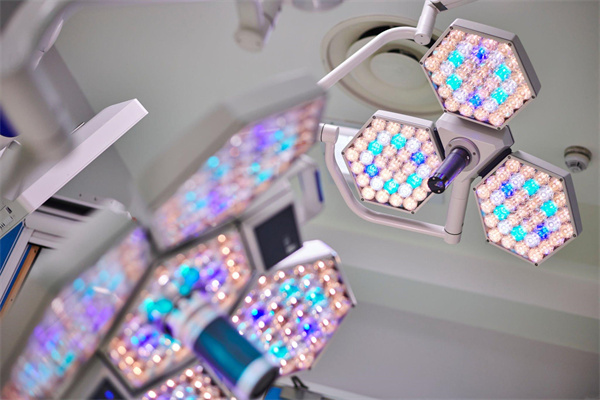
Conclusion: Latest Developments in Surgical Lighting Technology
Surgical lighting technology has come a long way over the years. With the development of LED lighting, halogen lamps, and other advanced lighting technologies, surgical lighting has dramatically increased efficiency, accuracy, and safety.
LED lighting has become the most popular choice for surgical lighting, as it offers superior efficiency, accuracy, and safety over traditional lighting systems. LEDs are available in various colors, allowing greater control over the lighting environment. Additionally, LED lighting is energy efficient and does not produce heat, making it safer for operating rooms.
Get the complete solution. ↓
The Ultimate Guide to Surgery Lamp
Halogen lamps, while still popular in some hospitals and operating rooms, are slowly being replaced by LED lighting. Halogen lamps produce more heat than LED lighting and are not as efficient or accurate.
Another popular form of surgical lighting technology is fiber-optic lighting. Fiber-optic lighting is highly accurate and can provide an even and consistent environment. Additionally, fiber-optic lighting is energy efficient and does not produce heat.
Finally, the development of robotic surgical arms has allowed surgeons to perform complex procedures with greater accuracy and precision. Robotic arms are typically equipped with high-definition cameras and light sources, allowing for greater control over the surgical environment.
In conclusion, the development of surgical lighting technology has been a major benefit for the medical field. LEDs, halogen lamps, fiber-optic lighting, and robotic arms have increased efficiency, accuracy, and safety in the operating room. As technology continues to evolve, we can expect even more advances and developments in surgical lighting technology.
sources
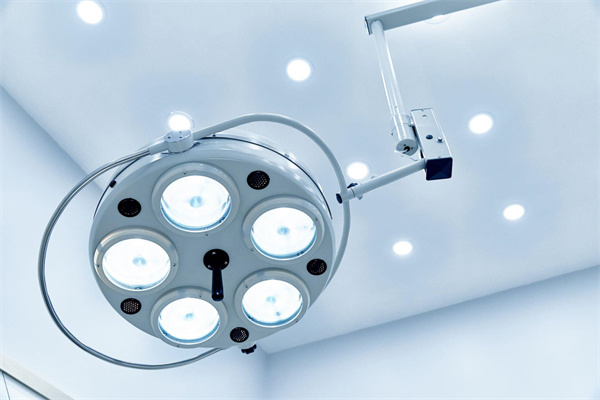
Today’s healthcare industry strives to provide the best possible patient care. At the same time, technology is continuously advancing in all areas, including medical equipment and tools. One of the key equipment used in medical settings is surgical lighting. Medical professionals can now provide more effective and efficient care with the latest advances in lighting technology.
Surgical lighting is an essential tool for medical professionals as it helps them to see more clearly and accurately during surgical procedures. It provides better visibility of the area being operated on and helps to ensure that the patient receives the best possible care.
The latest advances in surgical lighting technology provide medical professionals with improved capabilities and performance. LEDs, or light-emitting diodes, are being used to provide even, bright lighting that allows medical personnel to visualize the surgical area better. LEDs offer several advantages over traditional bulbs, including longer life, lower energy consumption, and more efficient performance.
LED surgical lighting is also used to improve medical imaging accuracy. This type of lighting allows medical professionals to visualize small features and details better while providing a more accurate representation of the imaged area. The latest advancements in LED surgical lighting also provide a much broader color spectrum, giving medical professionals better access to the full range of colors needed for accurate visualization.
In addition to LED surgical lighting, newer technologies are also being developed to help keep medical professionals hands-free during surgery. One such technology is robotic arms, which can be programmed to move in a specific way and hold surgical instruments precisely. This technology allows medical personnel to focus on the surgery itself instead of having to find ways to stabilize the instruments.
Finally, new technologies are being developed to improve the accuracy of surgical procedures. One such technology is lasers, which allow more precise cutting and stitching during surgery. Lasers also improve accuracy when using medical instruments, such as forceps and scissors, allowing medical personnel to work more efficiently and accurately.
These are just a few of the latest advances in surgical lighting technology. As healthcare advances, medical personnel will have access to even more powerful and efficient lighting tools. With the latest advancements, medical professionals can be sure they are providing their patients with the highest quality of care.








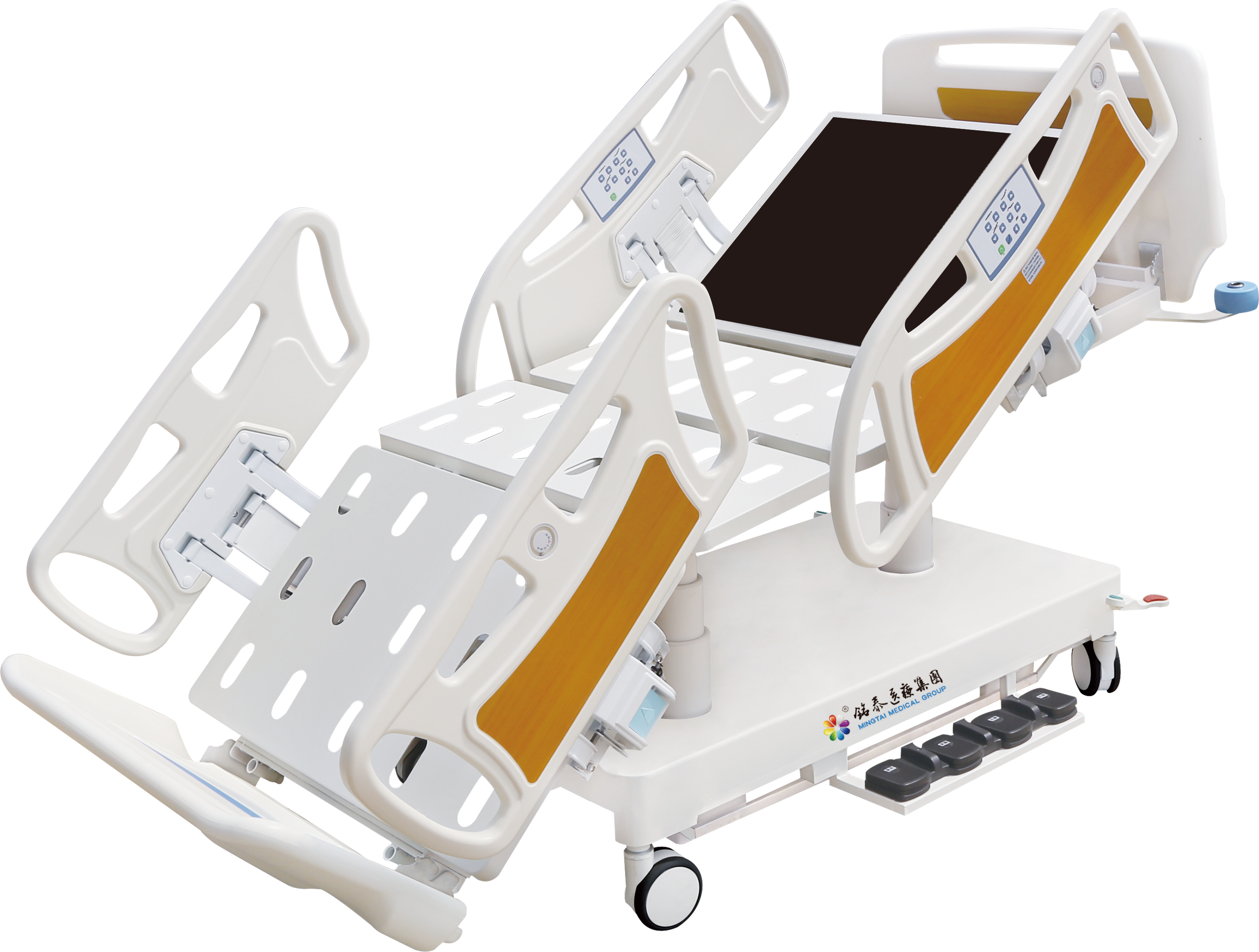


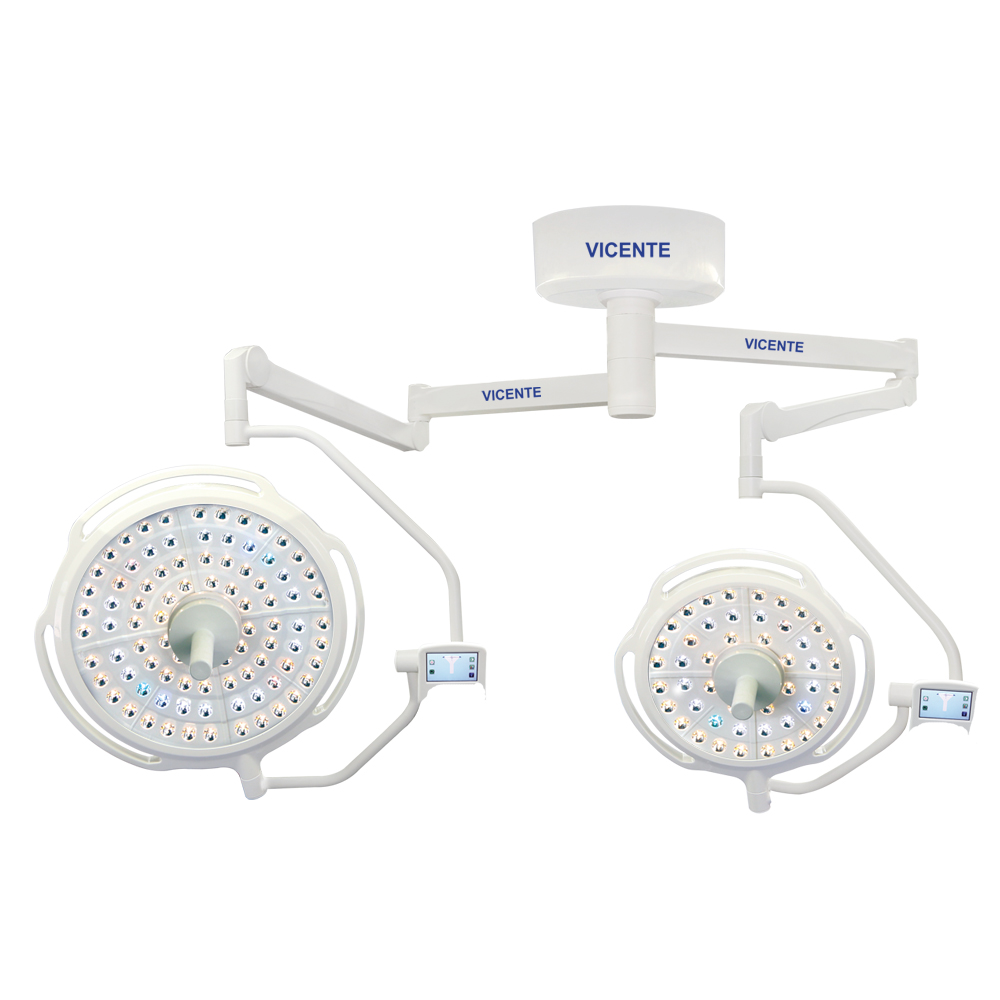

 Email:
Email: Whatsapp:+86-19006477273
Whatsapp:+86-19006477273 Address:No. 8 Yangchun Road, Qufu Industrial Park, Jining, Shandong Province, China
Address:No. 8 Yangchun Road, Qufu Industrial Park, Jining, Shandong Province, China